
The Milk Of Human Kindness
The Milk Of Human Kindness
The Milk Of Human Kindness
Imagine waking up as an eight-year-old and seeing a stranger sleeping in your living room.
For most, this would be a most unusual occurrence, however, not in my childhood household.
I grew up in a small rural town in central British Columbia, and Trans-Canada Highway #1 runs through our small town ending at the Atlantic Ocean over 7,000 kilometres away.

Just to give one an idea of the difference between Canada and Japan. The land mass of Canada (9,984,670 km2) is 26 times that of Japan (377,975 km2) and Japan has a population (126,000) of approximately three times that of Canada (38,000,000).
A lonely hitchhiker standing out on the deserted highway by himself vainly trying to hitch a ride east as dusk fell on summertime Canada.
If you didn’t get a ride by dusk, you were toast!
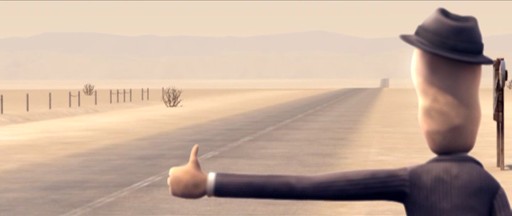
He wandered over to my dad’s dealership looking a little lost and in need.
After chatting with him for a while dad took him to our home, fed him, and gave him a place to sleep for the night.
Or that is how I recalled it.
Actually, after talking to my mother recently, I found out this stranger wandered into my father dealership looking a little disoriented after getting off a bus.
After assessing the situation, dear old dad decided to display the Milk of Human Kindness and took this stranger home for a much needed rest and some food.
My mother, hear the story called the Health and Human Services the very next day.
Turns out this man had escaped from a mental institute in Vancouver and made his way to our small town by bus.
The good new is that he was soon repatriated to the asylum after spending the night in my boyhood home.
Regardless of the way this stranger came to sleep a night in our humble abode that summer day, the salient point here is the expression of good will my father extended to strangers in need, in other words: The Milk of Human Kindness.
Looking back now, I can say for certain those were much simpler times.
When I first came to Japan, one thing I noticed was how kind (most of) the Japanese were to me, as a novelty foreigner and welcomed guest.
As time marched on, I also noticed how the Japanese strive to create an atmosphere of congeniality and harmony toward those in the group the associate with.
Could the Japanese society be where the Milk of Human Kindness is the default?
I would have to say that kindness is kind of like the default for most of the Japanese.
A recent example of a small act of kindness would be while one was playing badminton the other day.
One of the members brought along his two daughters.
Both early elementary school children, the older girl who is in grade 3, approached me and suddenly gave me an origami crane as a small gift.
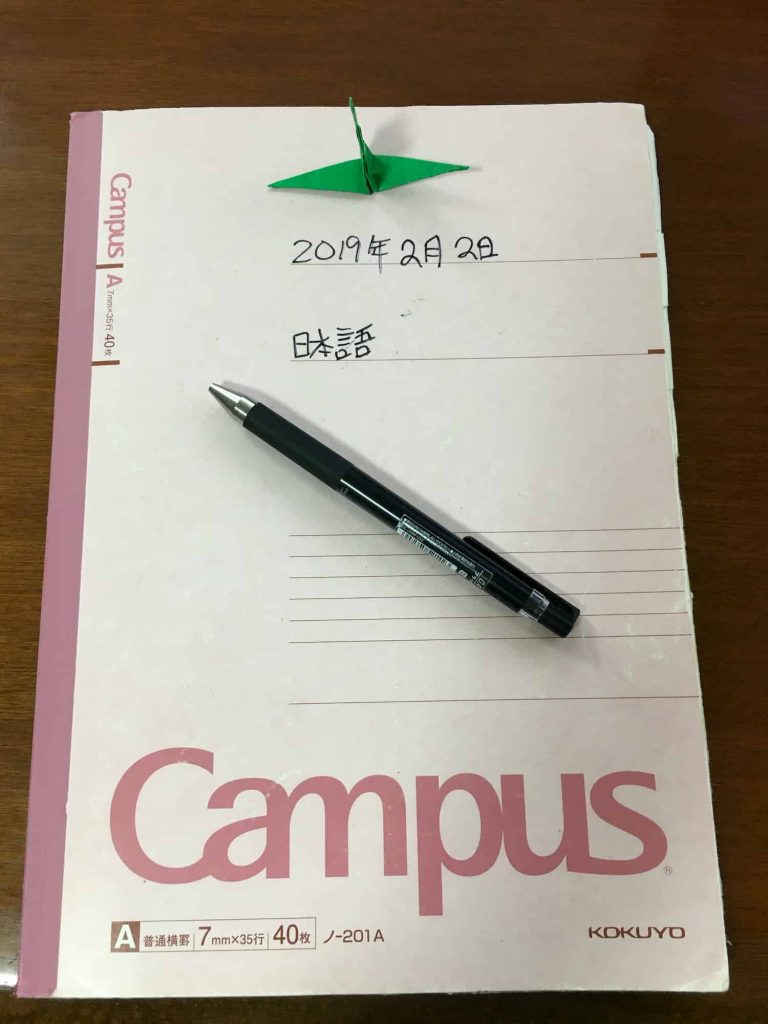
Is this an example of the Japanese societal norm of kindness?
I would like to believe this to be so.
Having observed my father’s kindness toward strangers, one has chosen to carried on his legacy of good will toward fellow citizens of the world.
I once saw a struggling foreigner on a cold and rainy night at a gas station filling up two 18 litre kerosene containers. Having finished filling my tank at the same time as him, I saw him start to walk carrying these heavy containers in the icy winter rain. One beckoned him over to give him a ride. He gratefully accepted, and one came to understand he was originally from Sri Lanka, and was in Japan worked in factory. He lived with his Sri Lankan wife an his elementary school child about 1.5 kilometres from the gas station. As we unloaded the kerosine container, I pulled out a brownback (¥10,000 Japanese bank note), and gave it to him, as an unexpected gift.
Now, more than ever, we are all in need of a little more kindness and understanding, and indeed a positive celebration of the rich diversity of our shared earth.
Keeping one’s heart and spirit open to the Milk of Human Kindness makes it all the more likely acts of kindness will come shining one’s way.



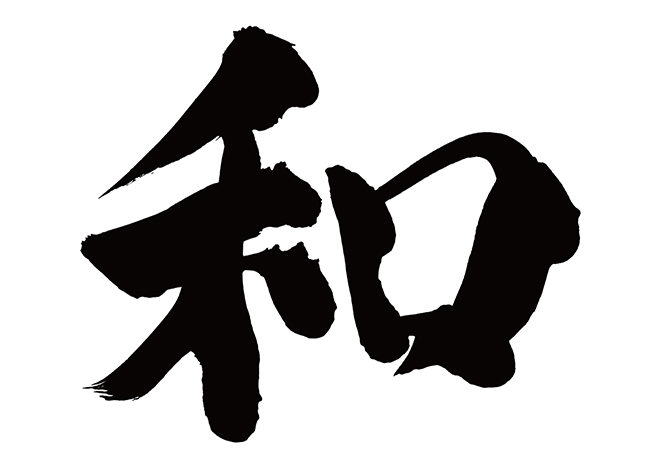
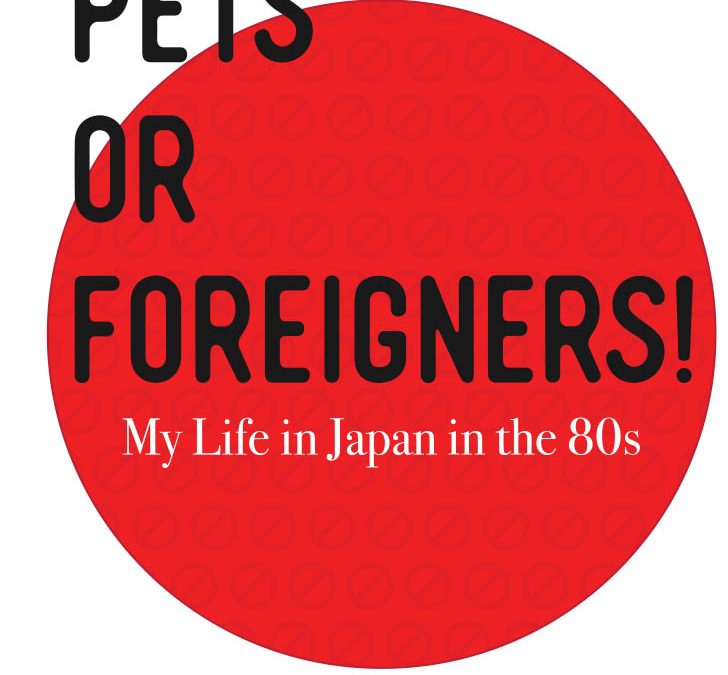
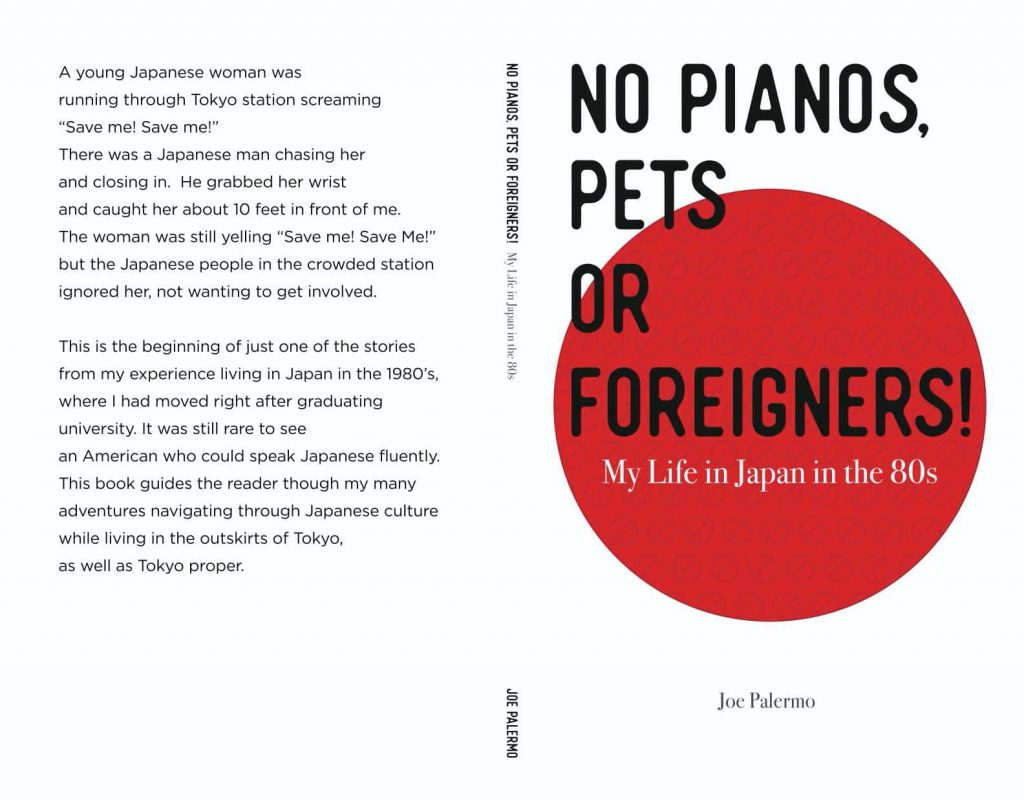


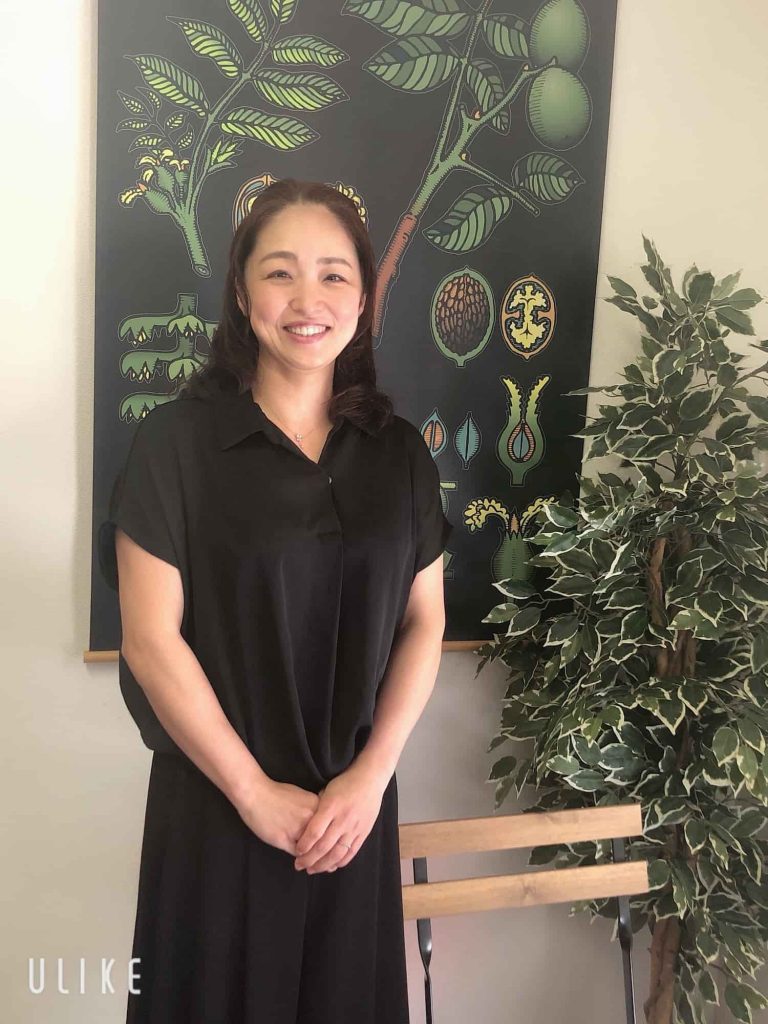

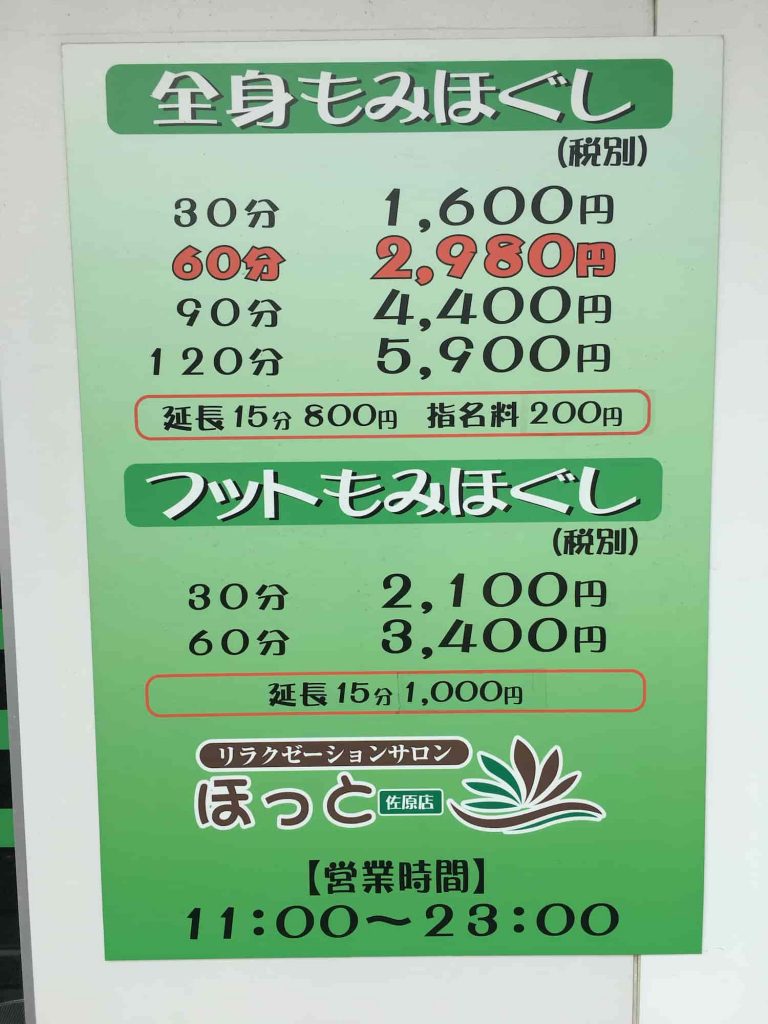
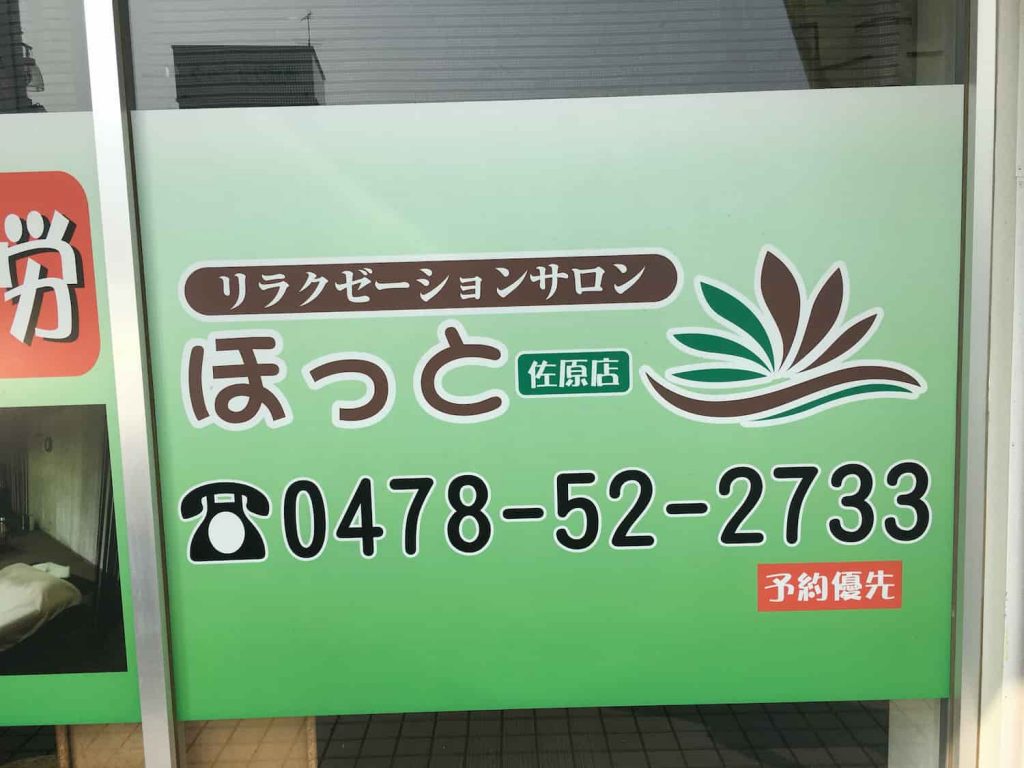
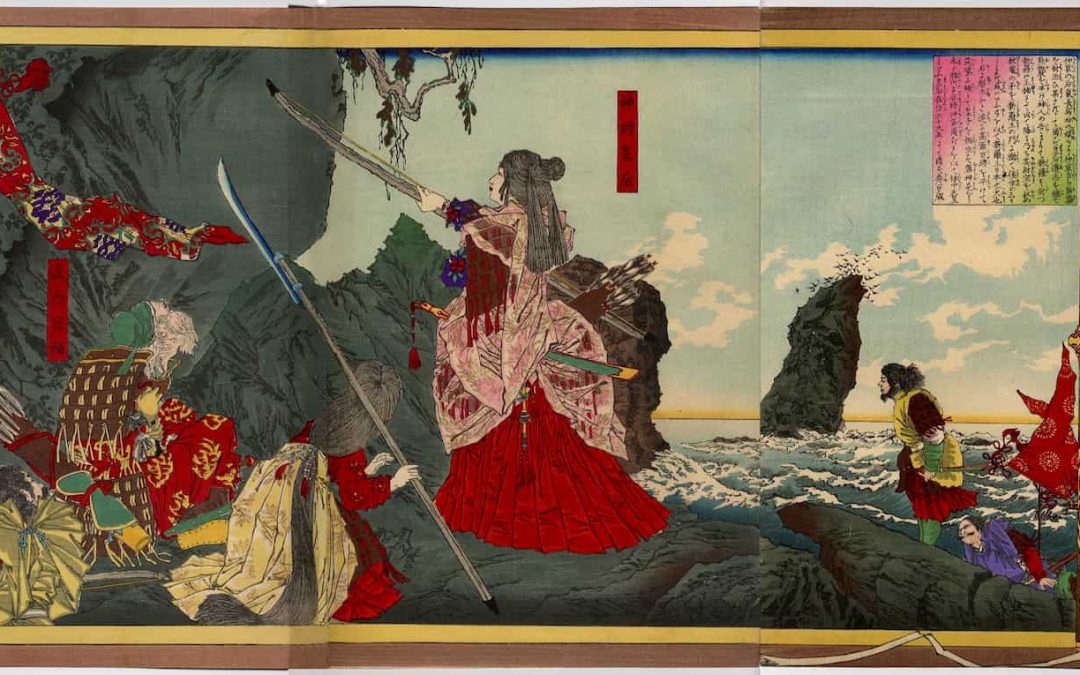
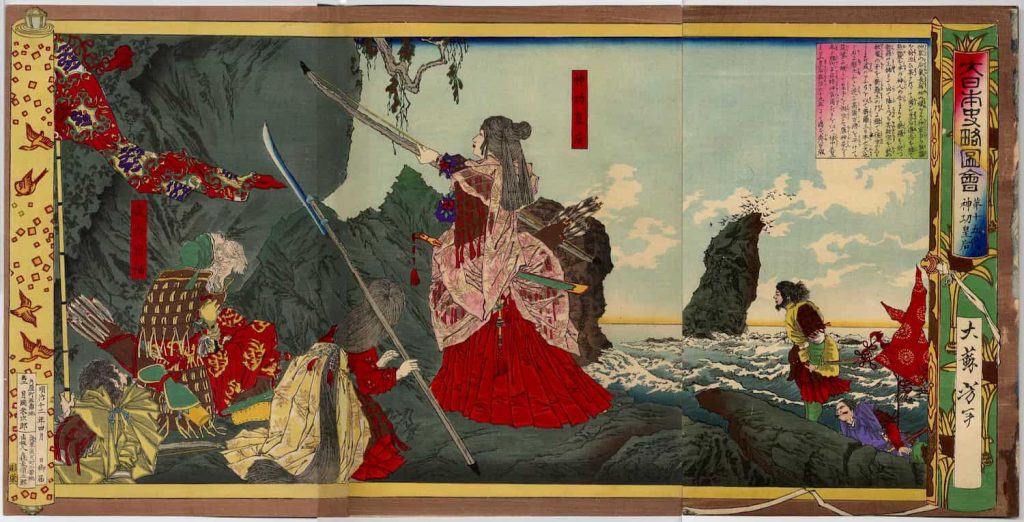 The
The 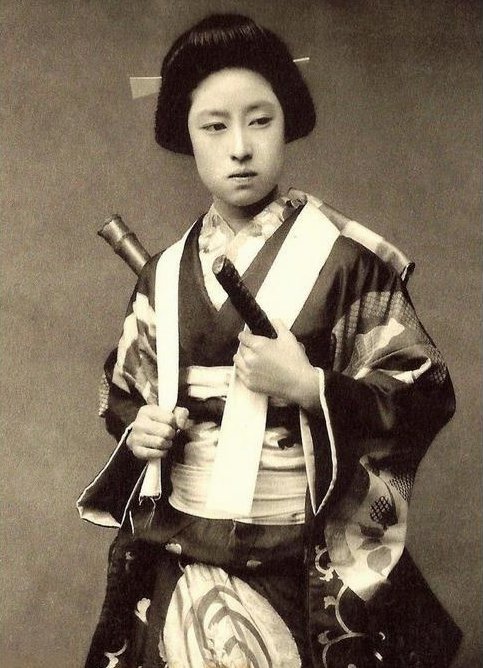 Centuries before the rise of the samurai class in the 12th century, these women would fight in times of war to protect their homes, families, and to maintain their deep sense of honour.
Centuries before the rise of the samurai class in the 12th century, these women would fight in times of war to protect their homes, families, and to maintain their deep sense of honour.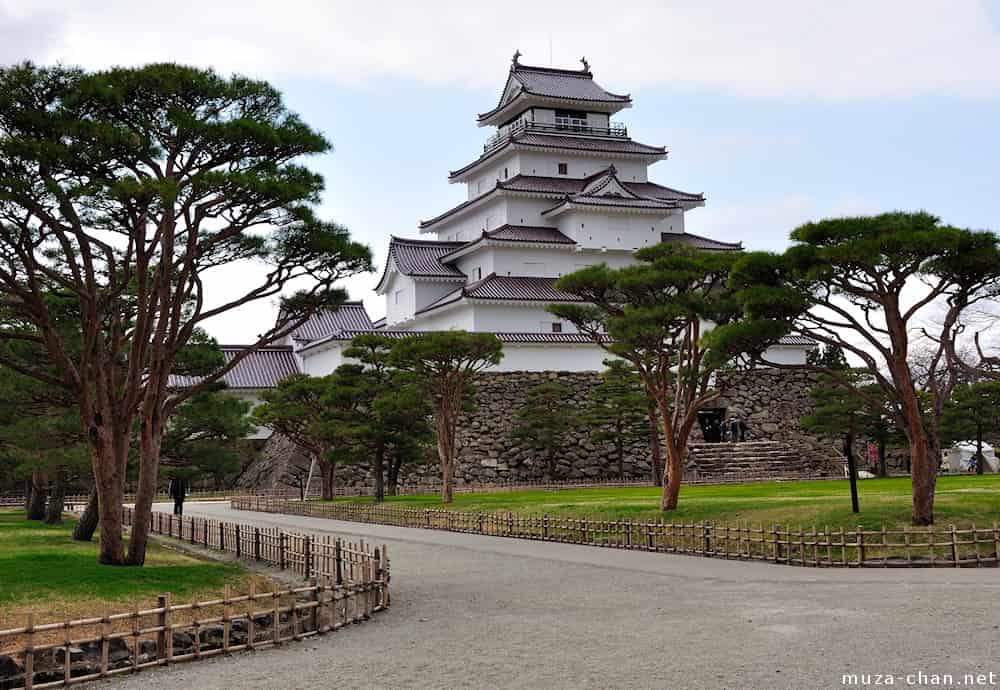 Beyond its walls, 3,000 defiant warriors readied themselves for the final stand.
Beyond its walls, 3,000 defiant warriors readied themselves for the final stand. How about that for a rock solid constitution?
How about that for a rock solid constitution?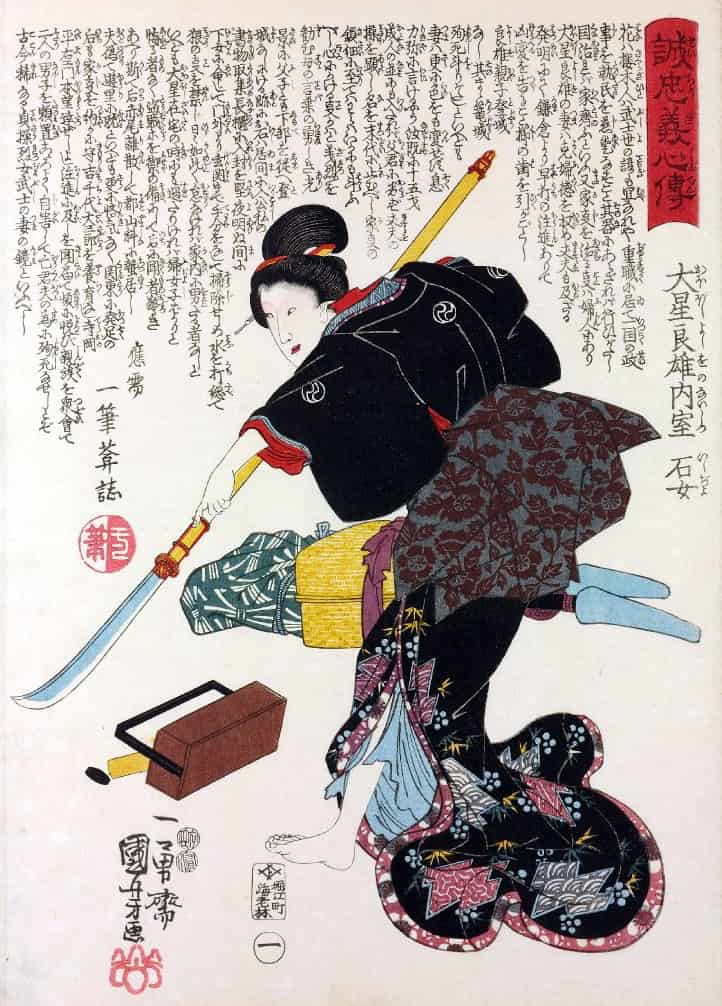
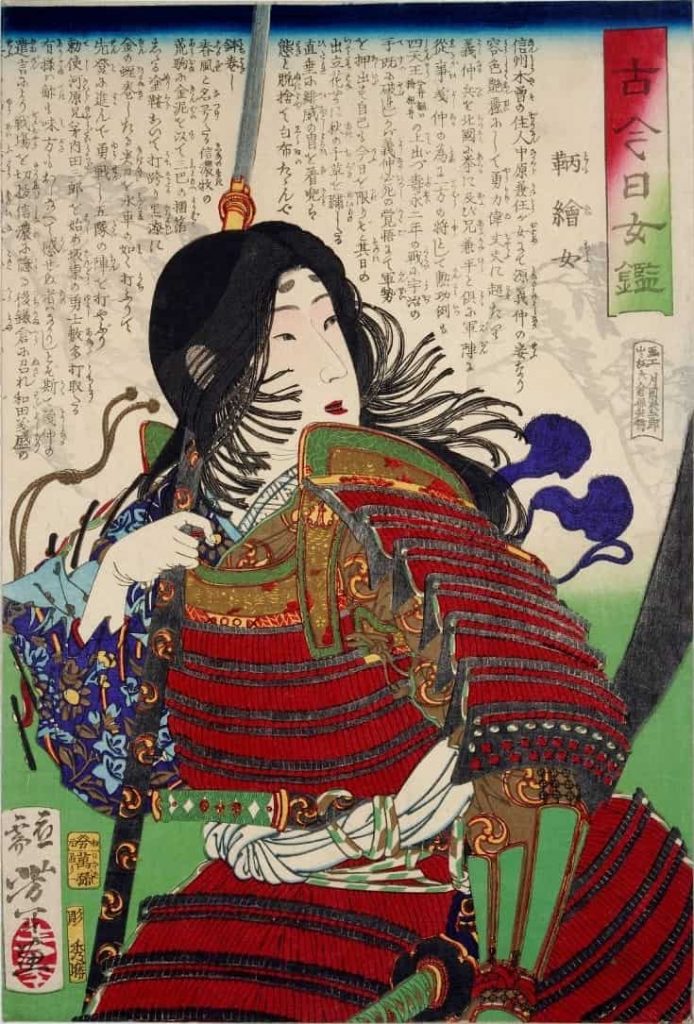

 Well I thought to myself this is very excellent, and I then asked, “Are you going into sales?”.
Well I thought to myself this is very excellent, and I then asked, “Are you going into sales?”.

Recent Comments